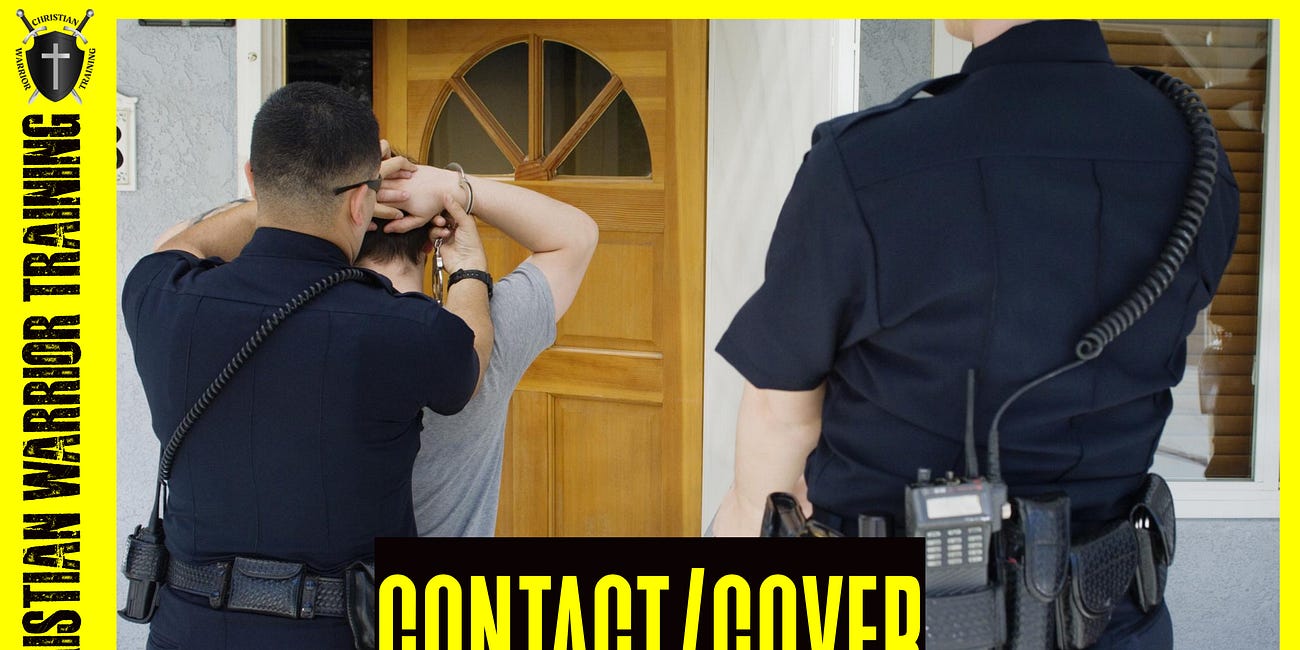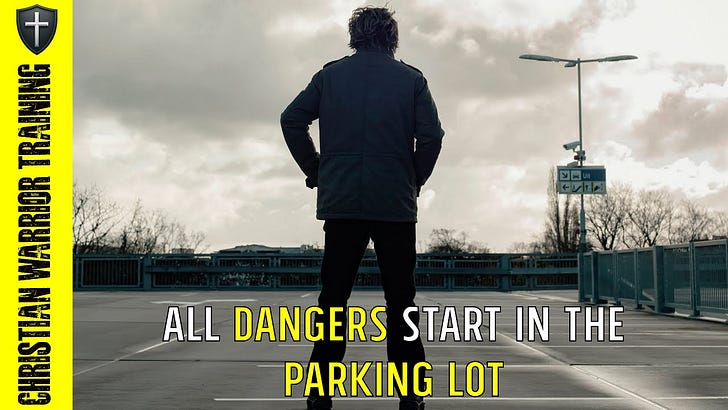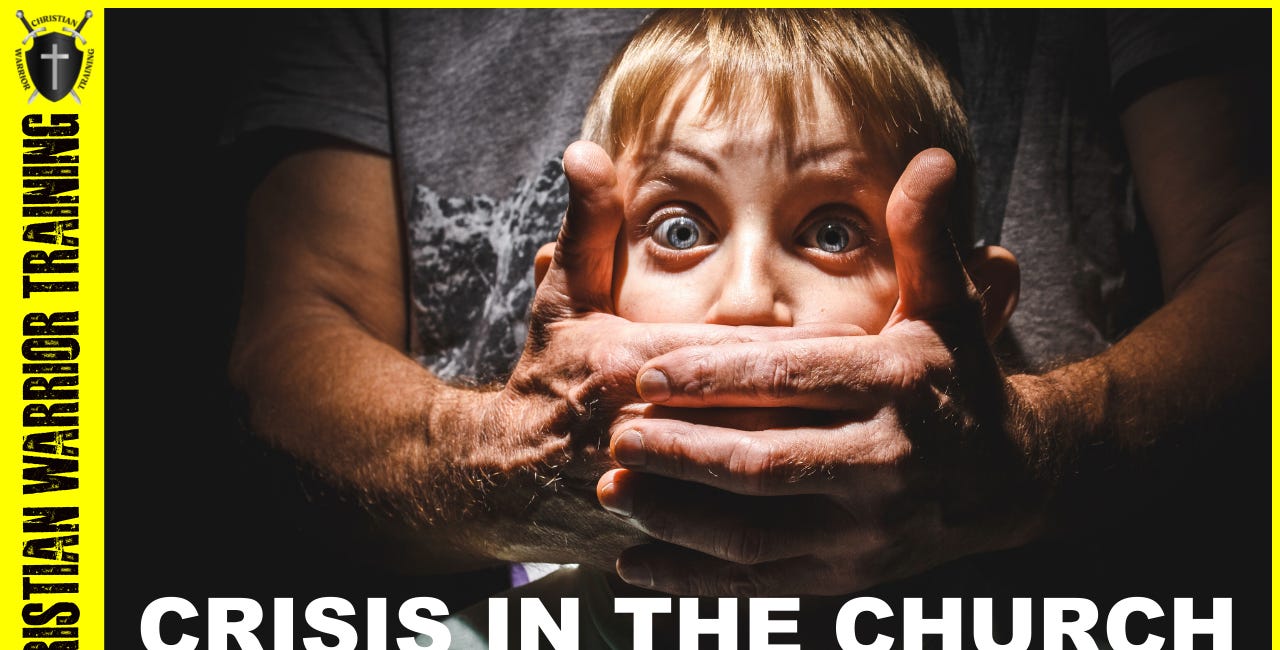Easter Sunday: Increased Attendance Brings Increased Risk—Is Your Church Prepared?
Easter Sunday brings record attendance—and increased risks. Is your church prepared to handle security, medical emergencies, and potential threats while staying open and welcoming?
Easter is one of the most anticipated Sundays of the year, bringing a surge in attendance as families and visitors gather to celebrate Christ’s resurrection. Churches will be filled with both regular attendees and those who may only come for major holidays. While this is a tremendous opportunity for ministry, it also presents significant security challenges.
With an elevated threat level due to ongoing terrorist threats from groups like ISIS and Al-Qaeda, as well as concerns over disturbances, medical emergencies, and logistical challenges, church security teams must be fully prepared. However, preparation does not mean turning the church into a fortress. The mission remains the same—welcoming people to hear the Gospel while ensuring their safety.
Church security should never create an environment of fear or paranoia. Instead, it should work discreetly and effectively, discerning real threats from normal activity while maintaining an open and inviting atmosphere. Easter presents unique risks, but with proactive planning and vigilance, churches can create a safe space for all who come to worship.
Common Risks During Easter Services
With Easter Sunday bringing an influx of visitors, churches face a wide range of security and safety concerns. Some are predictable and routine, while others are more severe and require careful planning. Here are the most common risks that church leaders and security teams should be prepared for:
1. Increased Medical Emergencies
Heart Attacks & Strokes – Larger congregations mean a higher chance of someone experiencing a medical emergency. Elderly attendees and those with pre-existing conditions are especially at risk.
Falls & Injuries – Crowded sanctuaries, slippery floors, and rushed movement can lead to falls, particularly for older members.
Heat Exhaustion & Dehydration – Some churches hold outdoor sunrise services, and standing for long periods in warm weather can lead to heat-related issues.
Medical Response Readiness – Every church should have trained personnel, an AED (automated external defibrillator), first aid kits, and a clear plan for contacting EMS when needed.
2. Suspicious Persons & Disturbances
Unfamiliar Faces in the Crowd – A rise in attendance means new visitors—some of whom may be genuine seekers, while others could pose a threat. Security teams must discern between the two.
Disruptive Individuals – Mental health issues, drug impairment, or people with personal grievances against the church can lead to disturbances during services.
Protesters & Activists – Churches are often targeted by activists who seek to interrupt services or cause controversy.
3. Child Safety & Custody Disputes
Increased Risk of Child Abductions – A non-custodial parent may attempt to take a child from a church event.
Overwhelmed Children's Ministry Staff – With more kids than usual, background-checked volunteers must be present, and check-in/check-out procedures should be enforced.
4. Active Threats: Terrorism & Violence
Terrorist Threats – Al-Qaeda and ISIS continue to target churches worldwide, and their operatives have been caught conducting surveillance on American churches.
Active Shooters – While rare, churches have been targeted in the past. Easter is an attractive target for attackers due to large crowds.
Armed Disruptions – Domestic disputes, gang activity, or personal vendettas can spill over into church services.
5. Parking Lot & Exterior Threats
Theft & Vandalism – An increased number of vehicles makes parking lots prime targets for break-ins and theft.
Loitering & Suspicious Activity – Criminals often test security by loitering before attempting a crime.
Traffic Management – More cars and foot traffic create congestion, frustration, and potential vehicle-pedestrian accidents.
Churches must recognize that these risks don’t mean Easter services should be fearful or restricted. Instead, they highlight the importance of preparation. Security teams that train and plan ahead can keep churches safe without making them feel like a war zone.
Are Churches Ready? Critical Questions for Leadership
Many churches assume they are ready for Easter, but assumptions don’t save lives—preparation does. Church leaders and security teams must take an honest look at their current level of readiness. Asking the right questions now can prevent panic, confusion, or even disaster when it counts.
1. Do You Have a Trained Security Team?
If yes, have they reviewed emergency protocols ahead of Easter?
If no, who is responsible for recognizing and responding to potential threats? Hope is not a strategy. If you were sent this email, then it is a message to start preparing now. It didn’t get to you by happenstance.
2. Is Your Medical Response Plan Ready?
Who is trained to handle medical emergencies? Does your church have nurses, EMTs, or medically trained volunteers in place?
Are medical supplies up to date? This includes AEDs, first aid kits, and trauma gear in key locations.
How quickly can EMS reach your church? If response times are slow, do you have immediate life-saving capabilities on-site?
3. What is Your Plan for Suspicious Persons?
Are safety team members trained to identify and approach suspicious individuals?
Do greeters and ushers know how to report concerning behavior?
Is there a procedure for documenting incidents and notifying law enforcement if needed?
4. Are Your Children’s Ministry Procedures Secure?
Are all volunteers background-checked and trained in child safety protocols?
Is the check-in/check-out process strictly enforced?
Is there a plan for handling child custody disputes or unauthorized pickups?
5. How Will You Manage Crowd Control?
Who monitors the parking lot and exterior of the building? Suspicious individuals often loiter outside before attempting entry.
Are entry and exit points monitored and controlled?
Are team members trained to handle disturbances or evacuations if necessary?
6. Are You Prepared for an Active Threat?
Has your team discussed response options for an armed intruder?
Do key leaders understand when and how to initiate a lockdown or evacuation?
Are security personnel properly trained in use-of-force laws and response tactics?
Asking these questions now ensures that security, medical, and ministry teams are aligned before Easter Sunday. Being prepared doesn’t mean creating fear—it means ensuring peace of mind so that worshipers can focus on what truly matters.
Steps to Take Now
With Easter approaching quickly, waiting is not an option. Churches don’t need months to get prepared—they need a plan and immediate action. Here are the most important steps churches can take right now to ensure a safe and welcoming Easter service.
1. Conduct a Pre-Easter Security Briefing
Gather your security team, greeters, ushers, and key volunteers for a short but focused briefing.
Review what to watch for, including suspicious behavior, medical emergencies, and child safety concerns.
Assign roles and responsibilities to avoid confusion during a crisis.
2. Ensure Medical Readiness
Confirm that trained medical personnel will be present.
Check first aid kits, AEDs, and trauma supplies to ensure they are fully stocked.
Identify the fastest way to get emergency medical assistance in case 911 response times are slow.
3. Improve Situational Awareness at Entry Points
Have greeters and ushers trained to recognize concerning behavior without making guests feel unwelcome.
Position security personnel where they can observe entry points without disrupting the flow of worship.
Consider a perimeter check before, during, and after the service for any suspicious activity outside the building.
4. Tighten Child Safety Procedures
Reinforce strict check-in/check-out protocols in the children’s ministry.
Ensure only pre-approved, background-checked individuals are volunteering.
Have a security team member assigned to children’s areas in case of emergencies or custody issues.
5. Strengthen Communication Between Team Members
Use radios or a designated communication method to ensure teams can relay urgent information quickly.
Test all emergency alert systems in the church—text alerts, intercoms, or alarms should function properly.
Make sure key leaders know who to contact in law enforcement or emergency services if needed.
6. Conduct a Quick “What If” Review
What if someone has a heart attack during service? Who responds first?
What if a suspicious person refuses to leave? Who makes the call on intervention?
What if a disruptive individual enters mid-service? Is your team prepared to de-escalate?
What if an active threat emerges? Does your team understand lockdown or evacuation protocols?
Taking these immediate steps ensures that Easter remains about Christ’s resurrection—not chaos or unpreparedness. A well-prepared security team allows everyone to worship in peace, knowing that precautions are in place.
Keeping Churches Open and Welcoming While Staying Secure
One of the biggest concerns when discussing church security is striking the right balance between safety and hospitality. Churches are places of worship, not fortresses, and the goal is to welcome people in, not push them away with excessive security measures.
Security should be seen, but not felt—providing protection without making worshipers feel like they are stepping into a heavily guarded compound. Here’s how to maintain that balance:
1. Security Should Blend Into the Background
Greeters, ushers, and security teams should work together, ensuring that security is present but not intimidating.
Team members should be observant and approachable, not aggressive or overbearing.
Visitors should feel welcomed, not scrutinized, even as security maintains awareness.
2. Use Discretion When Watching for Threats
Security teams must develop the skill of discernment—not every nervous visitor is a threat.
Avoid profiling based on appearance; instead, focus on behavioral indicators that suggest a potential problem.
A friendly conversation with a newcomer can often resolve concerns without escalating situations.
3. Maintain an Open-Door Mentality—With Awareness
The church’s mission is to bring people to Christ. Security should never create an atmosphere of fear that keeps people away.
Doors should remain open to the public, but access control should be maintained—for example, limiting entry points while keeping a welcoming attitude. If a door is open, there should be a security team member there. If not, it needs to be locked.
For large services like Easter, consider stationing extra volunteers in the lobby to create both a hospitable and secure first impression.
4. Train Security to Handle Concerns with Grace
When addressing suspicious behavior, security should approach with kindness first, not hostility.
De-escalation training is critical—most disturbances can be resolved peacefully if handled with firm but respectful communication.
If someone needs to be removed, ensure it is done with professionalism and care, not aggression.
5. Remember the Mission—Security Supports Worship
The ultimate goal of church security is to enable worship, not to create barriers.
A well-run security team allows the congregation to focus on Christ, not on fear.
Pray over your security efforts—ask God for wisdom, protection, and discernment as your team prepares for Easter.
A church that is both open and secure is a church that thrives. With the right mindset, Easter can be both a time of worship and a time of watchfulness, ensuring that everyone who walks through the doors encounters both the love of Christ and the peace of safety.










